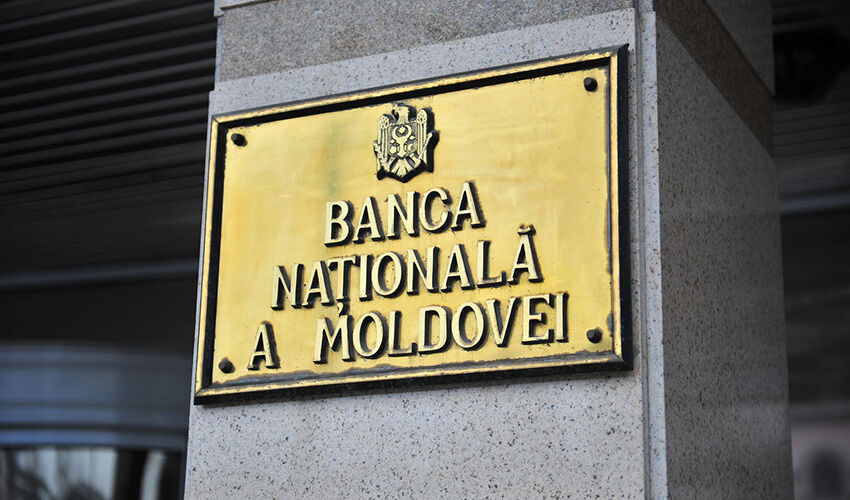
The main reason was a significant increase in the foreign trade deficit. According to the National Bank, it amounted to $3.4 billion and increased by 37%. This was due to a 12% drop in exports and an 18% increase in imports.
In Q1 2025, the current account deficit amounted to 25.8% of GDP. In Q2, it declined slightly (-$1,005.91 million), but continued to be significant at 21.1% of GDP. In the first half of the year as a whole – 23.2% of GDP.
The National Bank notes that, in addition to a significant increase in the deficit of foreign trade in goods, which was not compensated by the growth of income from exports of services, the increase in the current account deficit was affected by the deterioration in the balance of primary income.
The volume of services we rendered to non-residents, i.e. exports of services, grew by 12%, but imports of services grew more – by 23%. As a result, the balance on services decreased by 7%, remaining in positive territory.
For the first time, the balance on primary income, which includes part of remittances from labor migrants, as well as income on investment, turned negative in Q2 2025. In other words, according to the NBM data, revenues from migrants were already insufficient to cover the growing revenues generated by foreign investors in Moldova.
At the same time, the growth of the secondary income surplus was insufficient to cover the impact of other components of the current account, which indicates the inefficiency of foreign investment inflows and investment activities in general, which do not generate gross income for the country.













